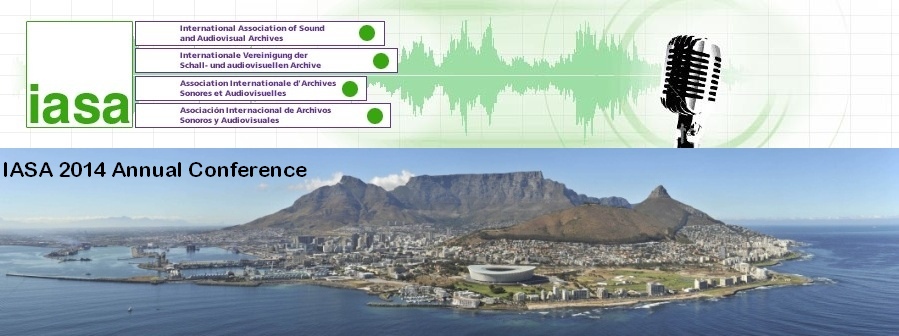The Archives of American Art is in its final year of a 3-year project funded by the Council on Library and Information Resources’ “Hidden Collections” grant program to investigate ways to keep audiovisual media from being hidden within larger mixed-media collections throughout the lifecycle of collections in manuscript repositories. This paper shares results from that project, including benchmarks developed for archival processing of mixed-media collections, and guidelines for the description of audiovisual media in EAD finding aids.
Guidelines for working with audiovisual media within mixed-media collections are currently scarce and underdeveloped, possibly because existing standards have traditionally been developed by specialists in media-specific repositories, where media is the entire focus of the organization. Professional practice around archival audiovisual media has also focused largely on preservation and online access, and where description is addressed, it is typically addressed for item-level description or for collection-level descriptions when an entire collection is comprised of media. This leaves out of the professional discourse collections where media is mixed with other types of archival records, an extremely common occurrence. Archival repositories with mixed-media collections who wish to use standardized approaches to processing and description have been left to develop practices for audiovisual components of their collections on their own. As a result, there is little coordination across the profession to standardize practices. Without standards to follow, archivists may be unable to give audiovisual media the attention that it requires to be accessible, both physically and intellectually. Or they may take the item-level approach, running the risk of creating bottlenecks for processing workflows. At worst, audiovisual media ends up hidden, misidentified, or poorly described, resulting in a large media backlog hidden within collections that are otherwise considered “processed.” Or, mixed-media collections deemed more complicated than others may be continually put in the back of the queue, leaving the recordings in them inaccessible to researchers and susceptible to permanent loss.
To address this gap in professional practice, the Archives has developed an approach to processing that addresses specific issues related to audiovisual media within mixed-media collections, such as risk assessment, levels of description, principles of arrangement, and strategies such as sampling for high-level description, while addressing the overall processing needs of the entire collection at the same time. Throughout the project, processing times have been tracked, resulting in baseline metrics that might serve as benchmarks for planning processing projects. The project has also resulted in specific guidelines for describing media-rich collections according to EAD and DACS (Describing Archives: A Content Standard) - only roughly considered in existing published standards and guidelines.
A key goal of this project is to provide tools that can enable all archivists, not just media specialists, to improve physical and intellectual access to archival audiovisual media in the course of processing manuscript collections, according to measurable standards. To that end, we wish to share the results of our project with the IASA membership who may find it useful in their own institutional settings, and to widen professional discourse to include these common problems.
Surname (author 1):
McShea
Institution:
Archives of American Art, Smithsonian Institution
Country:
UNITED STATES
Presentation type:
spoken paper
Date:
8 October Wednesday
Start time:
0930
Venue:
CFB Auditorium
Abstract:
